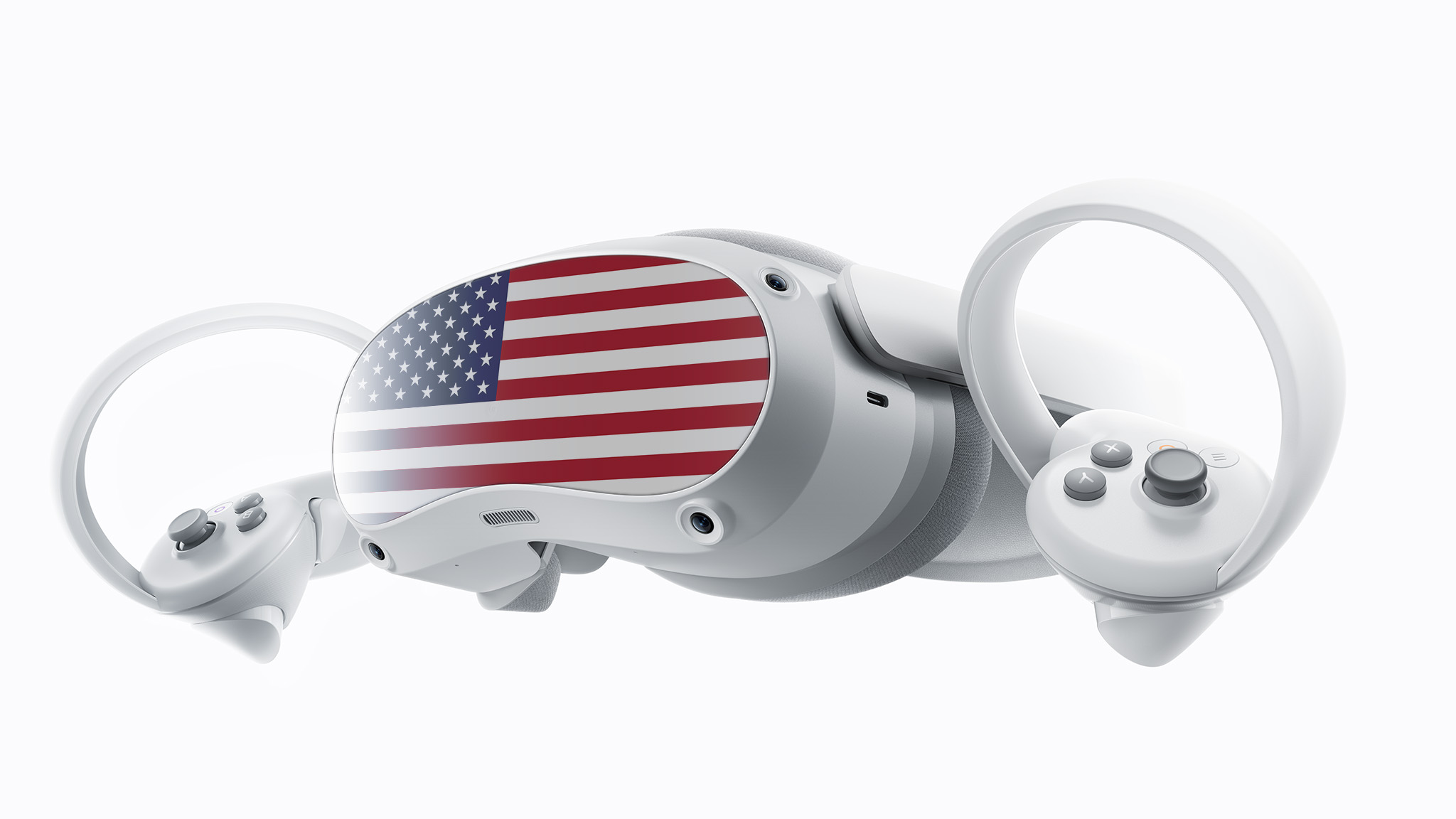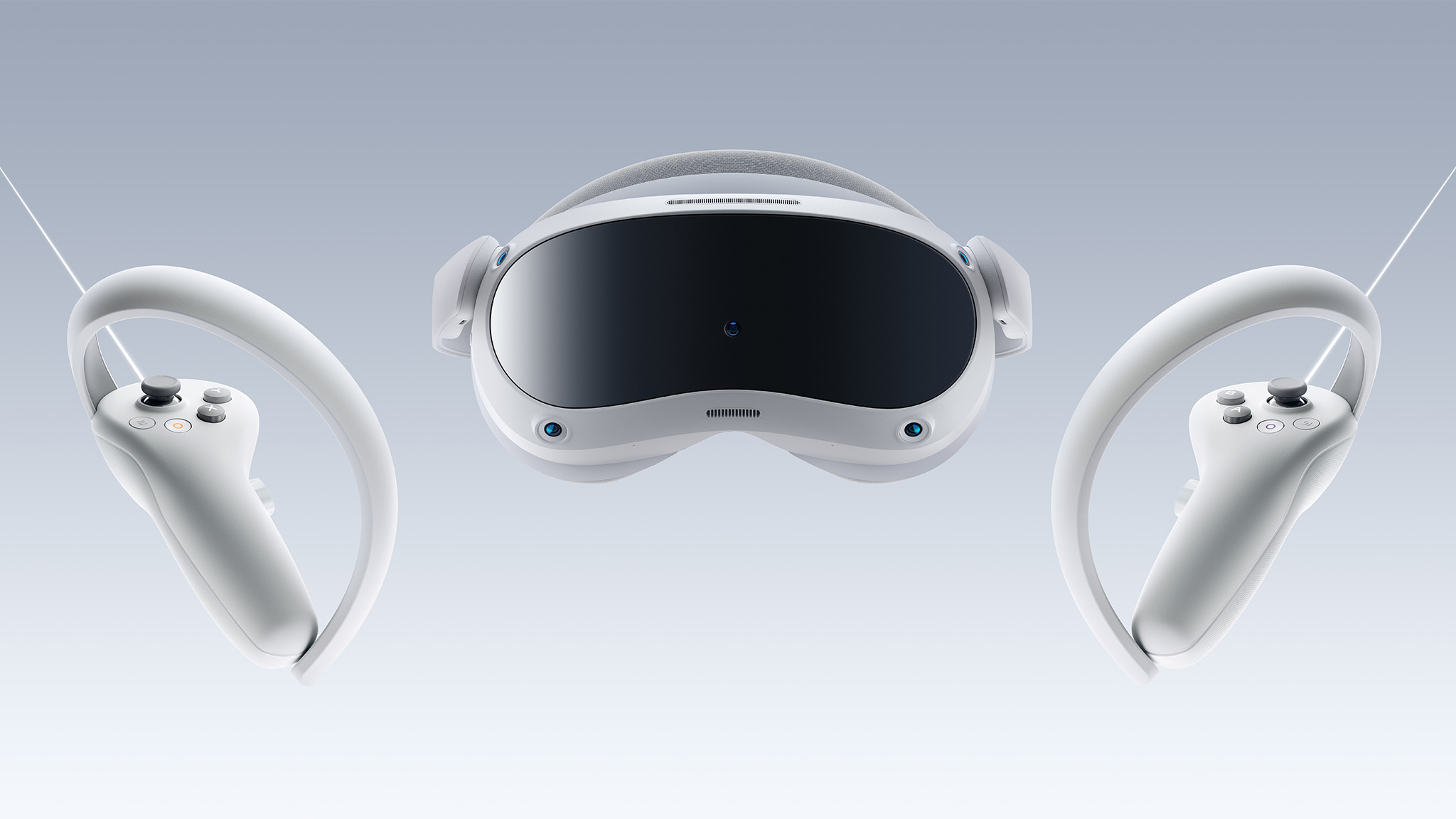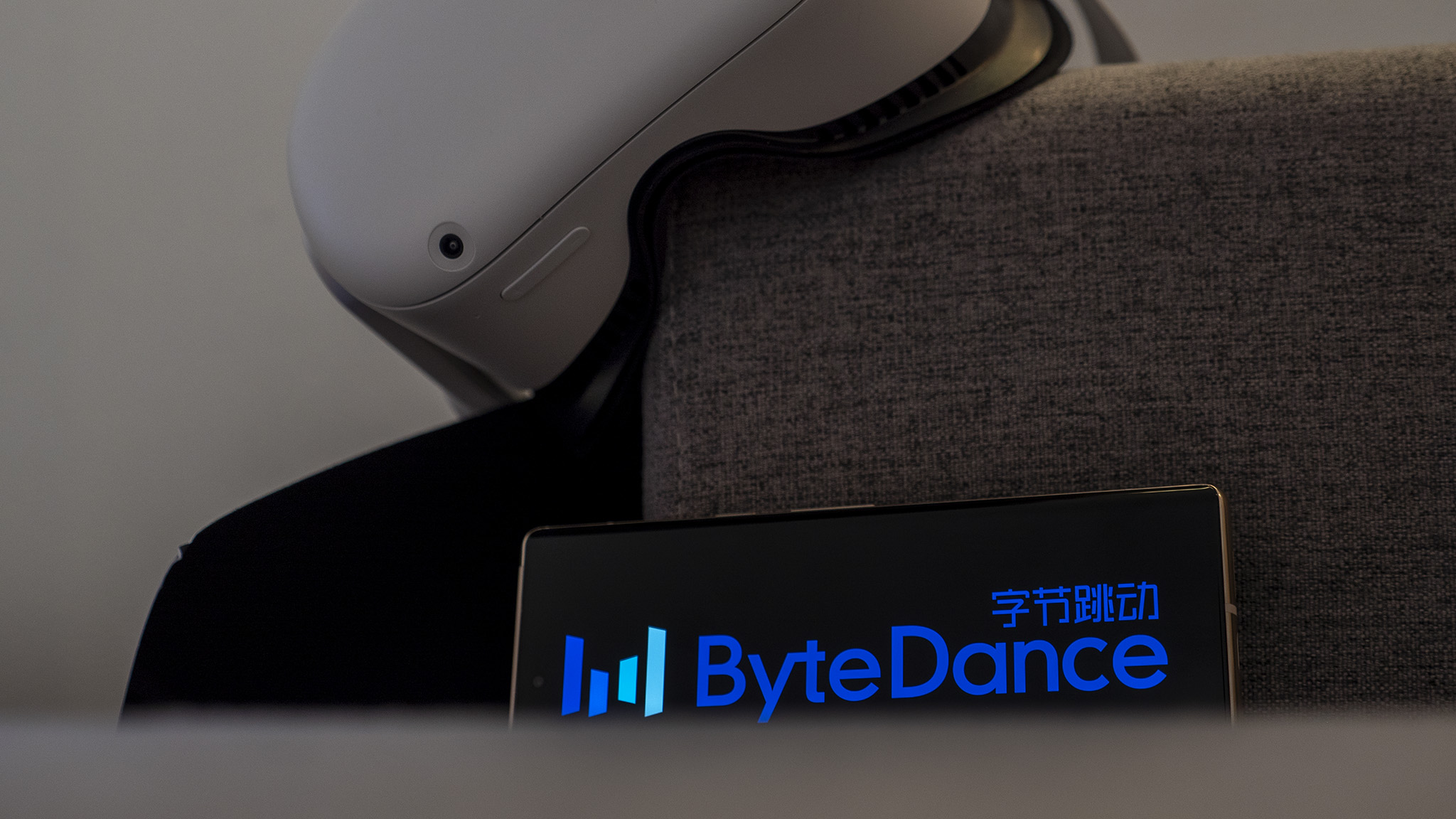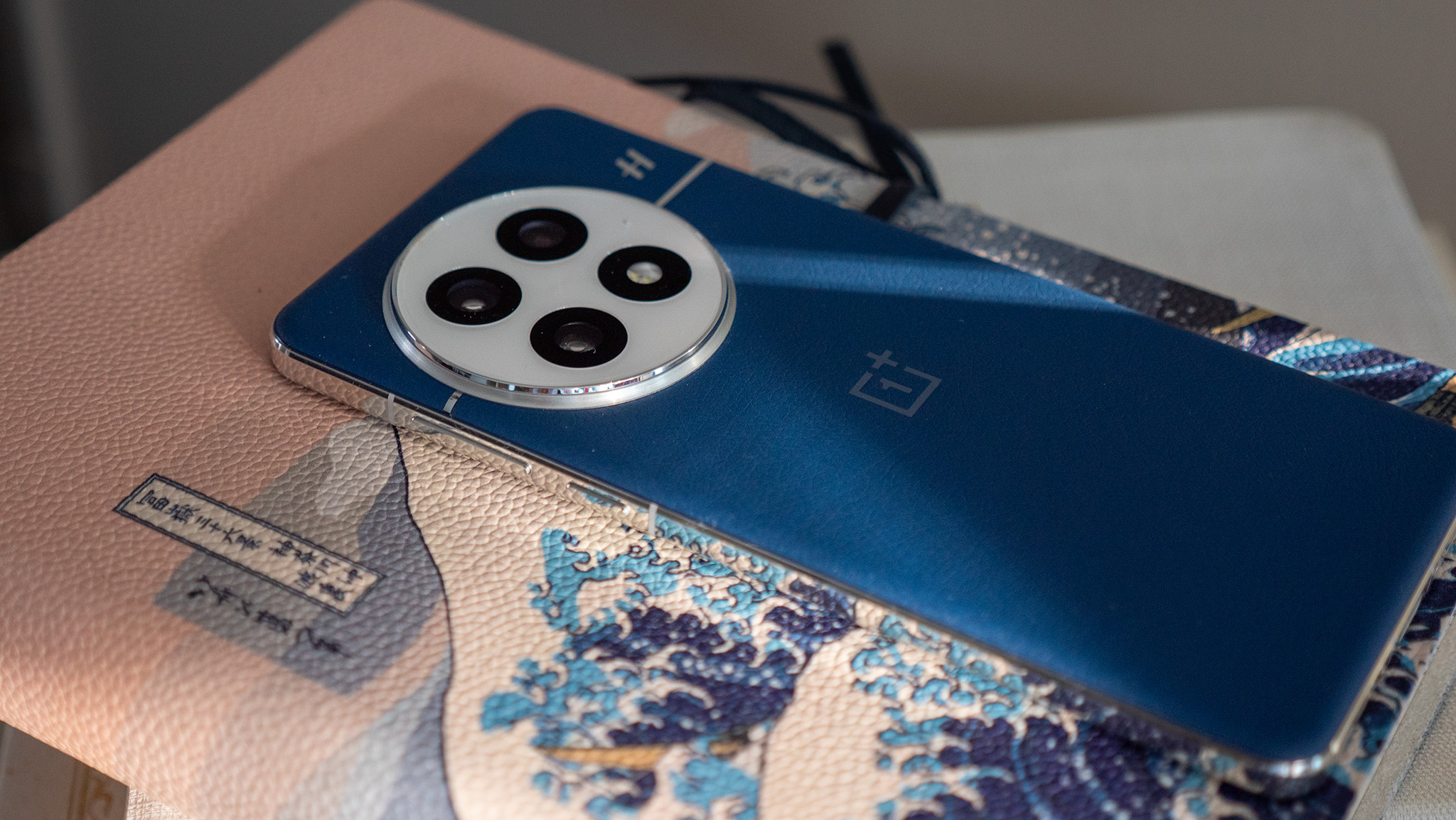The Pico 4 is better than the Oculus Quest 2, so why isn't it coming to the U.S.?
It almost certainly has to do with who owns the company.

When most people think of VR these days, it's almost always accompanied by thoughts of Beat Saber or Oculus. At the moment, VR is unlike any other tech sector because it has only one real leader: Meta. But there's one up-and-coming brand, Pico, that has a very real chance of challenging Meta.
It's just a shame the Pico 4 isn't coming to the U.S.
Despite the fact that the Pico 4's hardware is superior to the Oculus Quest 2 in nearly every way, Pico doesn't seem ready to bring its latest consumer-grade standalone VR headset Stateside, and that's a real shame. It's a huge missed opportunity in a landslide of missed opportunities from companies lately, whether it's Apple's long-rumored-yet-never-delivered headset or prior headsets from Pico itself.
But the absence of Pico's consumer-grade headset in the U.S. doesn't come without its reasons. Namely, from what I can tell, is the fact that Pico is owned by ByteDance, the parent company of the ever-popular and ever-controversial TikTok platform. Pico is even directly integrating TikTok into the Pico 4 experience, leading me to wonder if we'll ever see a consumer-grade Pico headset this side of the EMEA and Asia.
A history of improvement

The last time I got my hands on a Pico headset was when I reviewed the Pico Neo 2 Eye for our sister site, Windows Central. Like the upcoming Pico 4 Pro and Pico 4 Enterprise headsets, the Pico Neo 2 Eye was a headset that featured eye-tracking and other extra-advanced technologies and was specifically designed with an enterprise focus in mind. That, of course, also means it's far more expensive than most consumers would ever be willing to pay for it.
As I noted in the review, Pico's hardware was really well designed — including a superb head strap that balanced the headset's weight much better than the original Oculus Quest — but its software needed a bit of growth before it would be consumer ready.
Fast-forward to the announcement of the Pico 4, a proper Quest 2 competitor that exceeds the capabilities of that headset without foregoing the growing Pico ecosystem of content. With the release of the Pico Neo 3, we saw huge software improvements — particularly in the area of room-scale and controller tracking — that brought it to the level we've enjoyed with the Quest and Quest 2.
Be an expert in 5 minutes
Get the latest news from Android Central, your trusted companion in the world of Android
This time around, Pico isn't just trying to match Meta's level of hardware excellence. It's looking to supersede Meta without breaking the bank the way we assume the upcoming Quest Pro will. Case in point, the Pico 4 will be launching with over 160 games and apps available — including many of the best Quest 2 games — but will be enhancing those games and apps by offering gamers better overall hardware.

Pico isn't just trying to just match Meta's level of hardware excellence. It's looking to supersede Meta without breaking the bank.
But what advantages, specifically? I'm glad you asked. The Pico 4 is a truly all-in-one headset that doesn't need additional accessories like head straps to be purchased in order to make it comfortable. It's got a head strap that puts the battery on the back of your head instead of with the rest of the headset, which helps properly balance the weight on a human skull.
The Pico 4 can adjust IPD — that's interpupillary distance — by fractions of a millimeter, while the Quest 2 only lets users adjust between three presets, all of which are several millimeters apart. The Pico 4's pancake optics are larger and offer a notably wider field of view — 105 on the Pico 4 vs 90 on the Quest 2. They also make the headset smaller, since there's less space between the display and the lenses and offer a clearer view of the higher resolution display.
Pico's newly redesigned controllers for its fourth-generation headset feature better haptics inside — something future Quest headsets could work to improve over the Quest 2 — and Pico is even offering fitness trackers that can be separately purchased and enable full-body tracking anywhere you can attach them.
Lastly, Pico is directly integrating TikTok onto its headset for easy social sharing. This isn't all that different from what Meta offers via Facebook and Instagram integration in the Quest 2, but TikTok's rise to power — especially in the U.S. — brings about both a huge advantage and, what I surmise, is the real reason this incredible VR headset debuting in my country just yet.
It starts from the top

If for no other reason than to pre-empt catastrophe, Pico needs to ensure its servers don't reside in China if it were to ever entertain the idea of a U.S. launch.
As a wholly owned subsidiary of ByteDance — the parent company of TikTok — Pico is sure to come under quick regulatory scrutiny in the U.S. if it were to attempt to sell its headsets to everyday consumers. The U.S. government has been on the warpath to ban apps like TikTok from the country for years now, and there's little likelihood of easing up as pressures mount from China, especially with the possibility of conflict over Taiwan in the coming future.
It's been alleged that the Chinese government is using TikTok to disseminate propaganda to its users, and it's entirely possible the FTC will open an investigation and force the company to either move its servers from mainland China to the U.S. or cease operating in the country, altogether.
If for no other reason than to pre-empt catastrophe, Pico needs to ensure its servers don't reside in China if it were to ever entertain the idea of a U.S. launch. Anshel Sag, a senior analyst at Moor Insights & Strategy, agrees with this notion, saying "it isn't necessarily very different from how the Chinese government forces big tech companies to operate within China, like Apple."
"Ties to TikTok/ByteDance relationship only strengthen the perceived ties to the Chinese Government," Sag says, and it's likely the main reason we aren't seeing a headset from the company launch in the U.S. just yet.
This had me wondering if Pico will ever launch in the U.S. and, furthermore, if it's simply waiting too long and will be overtaken by other companies before it gets its act together. Of course, that implies that Apple will actually release its VR headset or if it's just a vaporware product that's meant to build up other Apple product features, instead.

Pico continues to post new jobs for its U.S.-based offices, proving that it's just a matter of time before we see the headset land here.
Sag says "getting squeezed between Meta and Apple...[is] not particularly a great place to be," and I can't help but agree with him if the long-awaited duel ever does materialize.
Geographically, it's clear that Pico is purposefully avoiding the U.S. market, no matter which headset it releases. Sure, enterprise-grade headsets from the company have almost always been available here, but the average Joe can't just walk into a store and pick one up.
On one hand, going enterprise-first was probably a mistake on Pico's part, especially since the company wasn't owned by ByteDance until very recently. Like many other Chinese VR OEMs, Pico seems to be afraid of the U.S. market for a variety of reasons. One of which was certainly the unknown nature of its name and the lack of major local corporate backing. Sag notes that "Pico has been going to CES for many years and I think struggled to gain any momentum in the US market, especially as it pushed enterprise first."
But it's hard not to wonder what the end of 2022 would be like with a Pico 4 on shelves at Walmart. Sure, the ties to ByteDance make this conversation substantially more complicated than it was a year ago when ByteDance bought the company, but the solution is "simple" enough going forward.
ByteDance continues to post new jobs for its U.S. offices in Seattle and Mountain View — 43 Pico-specific jobs as of this writing — and it shows the company is probably working toward eventually launching a consumer-grade product here. During a briefing that Android Central attended for the Pico 4 launch, company representatives were coy about that possibility. That, alone, gives me hope that we'll see some real competition in the standalone VR space sooner rather than later.

